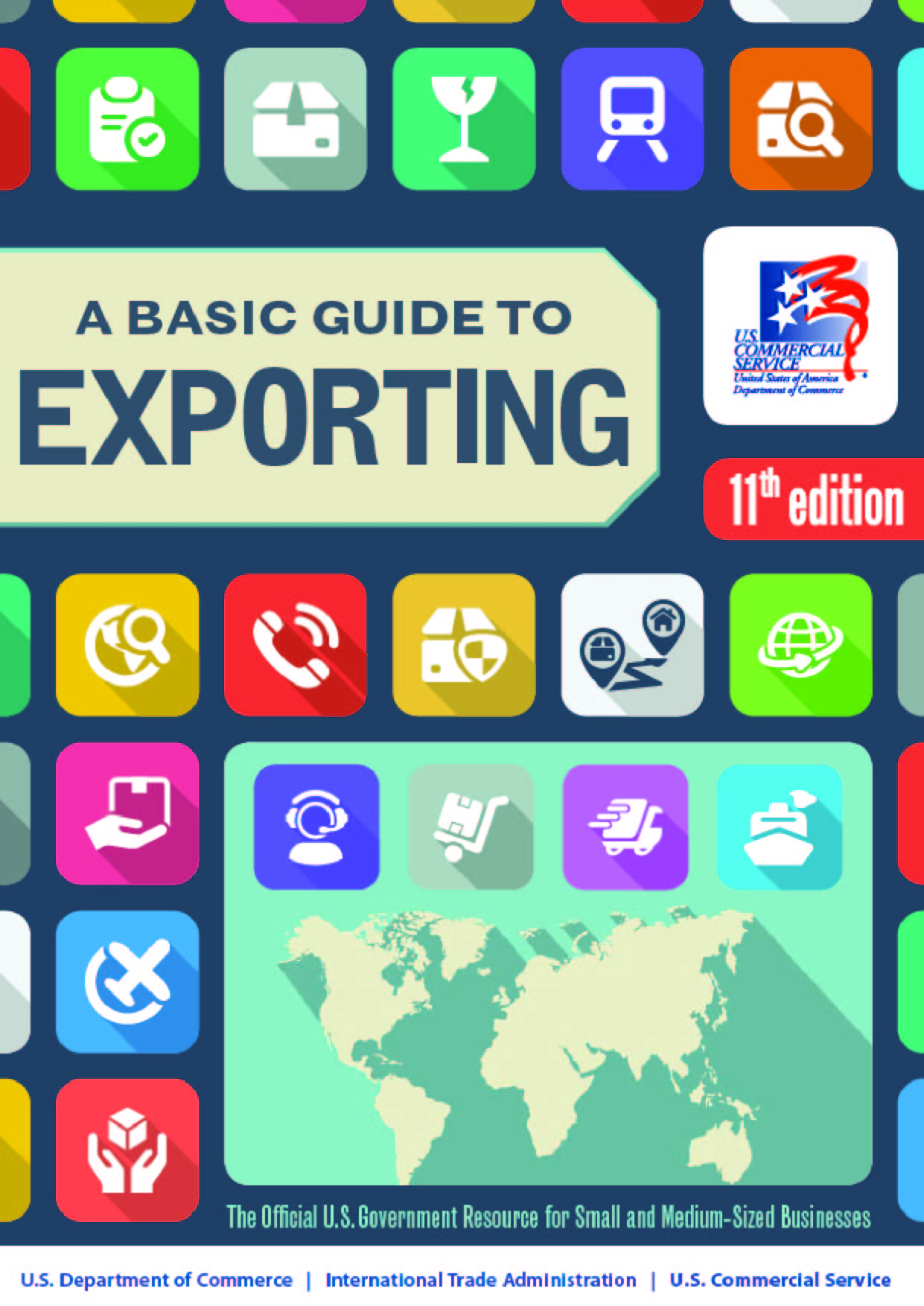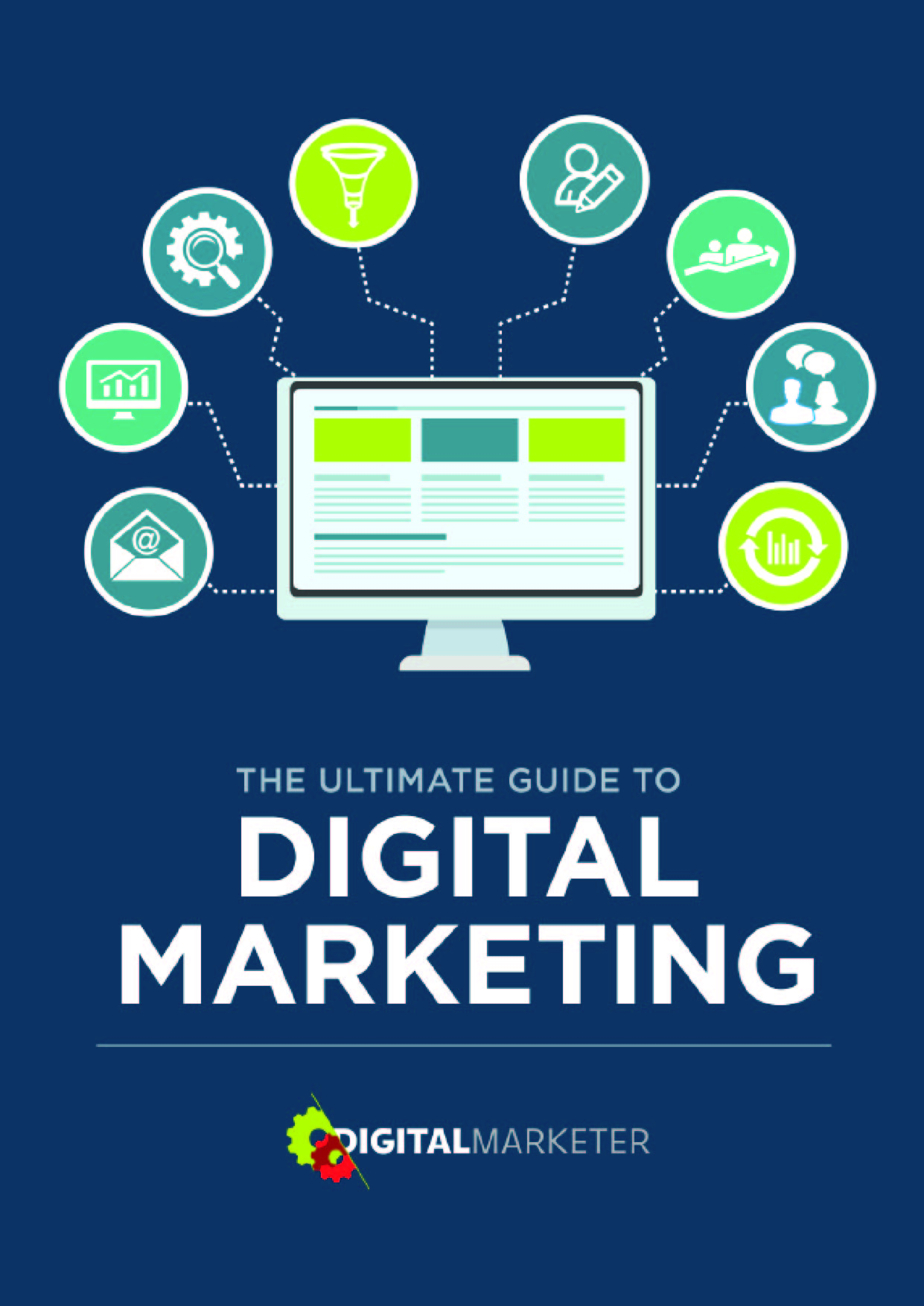Marketing is the science of meeting the needs of a customer by providing valuable products to customers by utilizing the expertise of the organization, at same time, to achieve organizational goals. According to The American Marketing Association. Marketing is the activity, set of institutions, and processes for creating, communicating, delivering, and exchanging offerings that have value for customers, clients, partners, and society at large.
With this definition, it is important to realize that the customer can be an individual user, a company, or several people who contribute to the purchasing decision. The product can be a hard good, a service, or even an idea – anything that would provide some value to the person who provides an exchange. An exchange is most often thought of as money, but could also be a donation of time or effort, or even a specific action. A producer is often a company, but could be an individual or non-profit organization.
Classical marketing is often described in terms of the four “P’s, which are:
- Product – what goods or services are offered to customers
- Promotion – how the producer communicates the value of its products
- Price – the value of the exchange between the customer and producer
- Placement – how the product is delivered to the customer.
A complete analysis of these categories is often called the Marketing Mix. More detail on these categories can be found in the later entry on the Marketing Plan.
Marketing has both inbound and outbound activities. Inbound activities largely center on discovering the needs and wants of the potential customers. The collective group of all potential customers is called a market. Categorizing these needs into groups is called segmentation. Organizing markets into segments allows a producer to more logically decide how to best provide value to that group of potential customers. The analysis of market segment needs; analysis of existing sales and profitability; the descriptions, design and introduction of new products; and the analysis of competitor offerings are also inbound activities that are important but not often seen by the public.
Outbound activities include all aspects of informing the market that a product is available, delivering that product, and encouraging the purchase decision. These activities include advertising, promotion, supply chain, sales support, product training, and customer support.
To the public, the most common interaction with marketing is where it touches the discipline of sales in the form of advertising. This interaction leads to a common misconception that marketing is only this aspect of promotion. Instead, it is useful in understanding that: Marketing is a data driven science.
The good marketer will develop the data necessary to define the customer’s needs, develop a good product based on the available resources, deliver the product in an effective manner to the consumer at a price that reflects the customer value and the profit desired by the producer.











